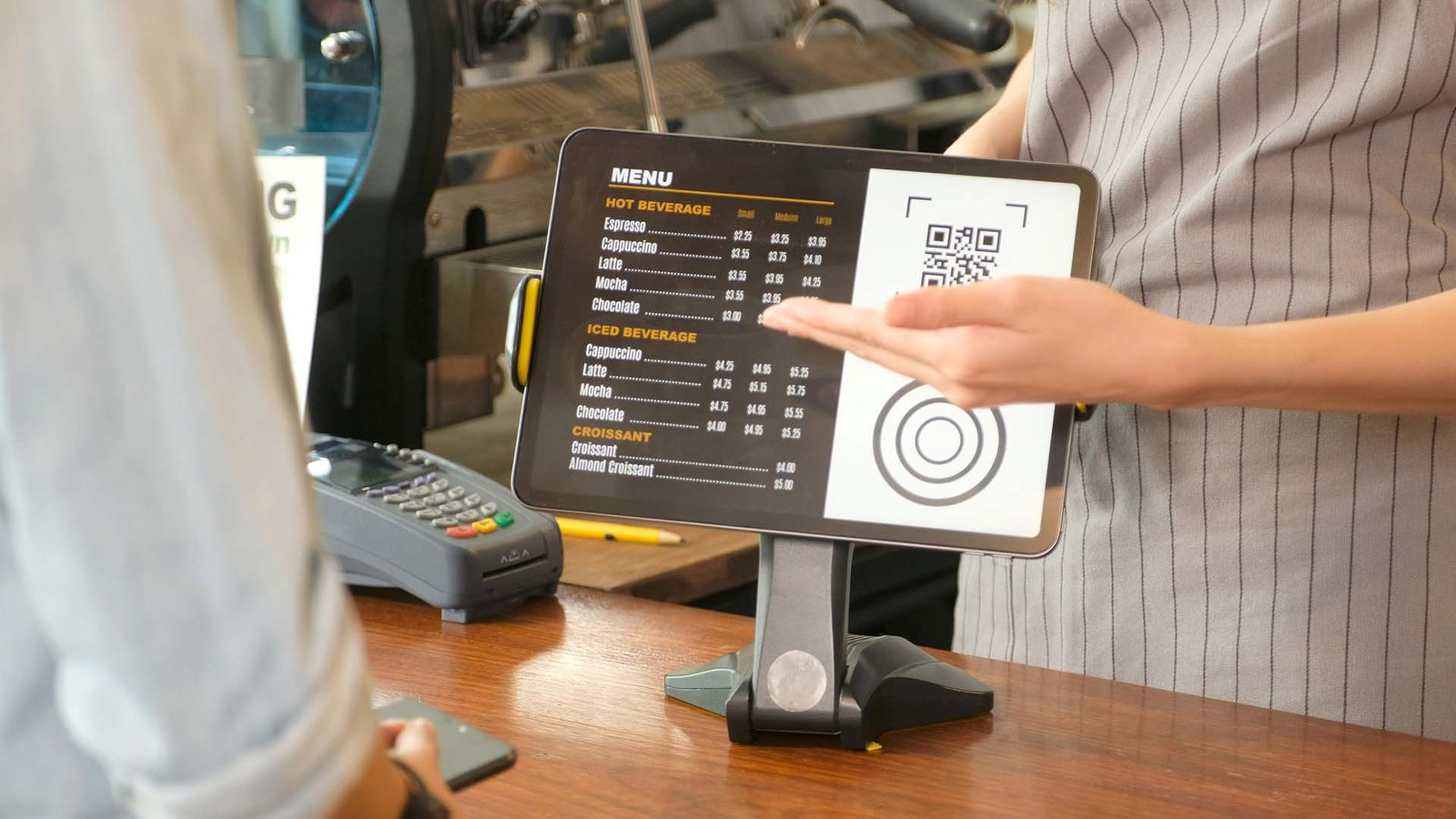Gestronomy is about to revolutionize technology, but is there still a problem?
It seems like a good idea to have new technologies such as Such as mobile ordering and tracking, order pages, mobile app ordering, mobile table design, online ordering, and other technologies designed to improve the customer experience. But are they there? ?
The rise and fall of restaurants and cafes since 2007 is good and everyone loves to eat there. But there are many species that are difficult to say. It’s not really her fault!
There is no doubt that technology can improve the customer experience. There is a large proportion of customers who are not clean enough to use the technology, which is a problem. Imagine that in 2017 the UK’s fastest restaurants, including one-stop restaurants, were worth £5.1bn but together with the rest of the industry topped £14bn, even the opportunities for potential customers slim published. There will be huge business losses.
56% of consumers aged 45-64 use technology in restaurants, leaving 44% of this age group not using the technology group. In fact, in the United States, 65% of customers over the age of 55 prefer to help servers.
Careful consideration of how and where technology is used to improve the customer experience is a key success factor, as 44% of customers choose to ignore it because the technology is incomplete. Remember, the first feature offered by the National Restaurant Association, Baby Prosperity, is a loyalty and rewards system. So if you combine knowledge and customer experience to attract customers to your kitchen or local business, your status will rise / winner is winner. – state of will. .
It is important to note that in the UK the government has provided government statistics on personal wealth and liquid services that peak between the ages of 55 and 64, so it is important that the technology is presented here as customer communications. This technology itself does not differentiate the wealthiest people in the UK from a restaurant or a business.
Watch out for cell phone orders for the new generation, but most readers are aware that friends over 55 compete with cell phones on a daily basis. Deloitte points out that the number of smartphone users surpassed 55 between 2012 and 2017, a change of 71%, but this is certainly not a real indication that the over-55s are using the phone on smartphones. In fact, Deloitte estimates that at least one in four consumers aged 55 and over with a smartphone has never downloaded the app. With the deployment of such applications in the 55+ age group, restaurant engineering technologies are still the order of the day but seemingly unresolved by engineers, largely ignored by restorers.
A recent Green Light survey also revealed that the internet has spent over £14billion on online shopping for people over 55 and the region has a rapidly growing number, but retailers and restaurants have been neglected. Customers are familiar with manufacturers’ technological advances. Keep in mind that the ‘green light’ also suggests that spending for the 65+ age group will decrease relative to customers in the 65+ age group. Understanding this fact will help determine which technologies will support or disrupt this number as sales increase.
But the technology in restaurants has not only advanced in terms of national customer experience, but there are now other unique technologies emerging in other restaurants that directly contribute to the comprehensive provision of quality services such as follow-up client. Heavily reduced quality.
Given current trends, this figure from 55 to 64 years old can be a barrier to payment. Although many new payment methods include mobile or tablet payments, cookies or apps, the impact of these technologies on people aged 55-64 needs to be considered.







